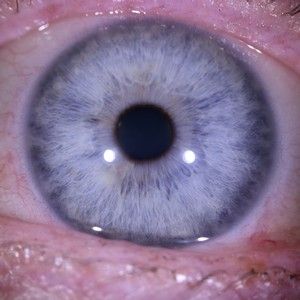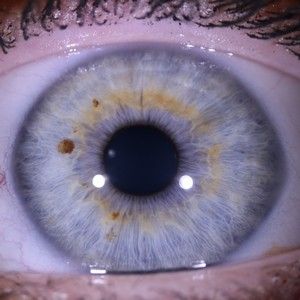Two Iridology Stomach Markers
This article will focus on two iridology stomach indicators, arguably the most common two of many. Be sure to also watch the webinar recordings listed below the article.
by Judith Cobb, MH, CI3, NCP, NNCP, CCII3
DISCLAIMER
This article is not meant to diagnose nor prescribe. It is meant for educational purposes only. Judith Cobb, Cobblestone Health, and Nature's Sunshine Products accept no responsibility for results you get, whether good or bad, from using this information. Always seek the guidance of a qualified health professional.
A well-functioning stomach is critical for good digestion and good health. The stomach’s ability to function is affected by heredity, food choices, stress levels, and age, amongst other things. Some of these things we have no control over and some we do.
The eyes can show us how we are likely to run into problems with our digestive tracts. These iris signs show us where our genetic weak links are, but they do not define absolutely how things have to be. Choices that support good digestion and stomach health can help to minimize gut problems.
The entire iris is made up of layers of cells and fibers. This is known as the stroma. When a layer of cells and fibers is missing, whatever is beneath it is exposed. A missing layer suggests reduced resiliency and strength in the corresponding body tissue.
Stomach Ring
 The digestive zone hugs the pupil in both eyes. Sometimes you will see a ring of fiber hugging the pupil. This is the stomach ring.
The digestive zone hugs the pupil in both eyes. Sometimes you will see a ring of fiber hugging the pupil. This is the stomach ring.
The stomach ring resembles a pom pom radiating out a short distance from the pupil. This visible fiber can be white or pigmented. When you can see this fiber you know a layer of stroma is missing. What you are actually seeing is the muscle beneath the surface that constricts the pupil. As mentioned earlier, missing fiber means reduced resiliency. In the stomach it usually means a reduced ability to secrete digestive juices which are needed to break down food proteins.
Comb Teeth

Under magnification we can see details of the inner edge of the iris where it meets the pupil. This area is called the Inner Pupillary Border.
When this edge looks like someone took tiny scissors and snipped into the iris, it is called comb teeth. The presence of comb teeth correlates to reduced resilience in the wall of the stomach, and thereby less resilience in one’s ability to digest protein.
Seeing just one of these markers should inspire us to implement corrective food and lifestyle measures, even if no symptoms are present. Seeing two or three of these should underscore the importance of being diligent with long term health-promoting habits.
For more information, watch this webinar:

Copyright © 2018 by Judith Cobb, Cobblestone Health Ltd. All rights reserved. Please respect the time it takes to write and publish articles. If you will link to this article and give proper attribution, you are encouraged to quote sections (though not the entire article).

